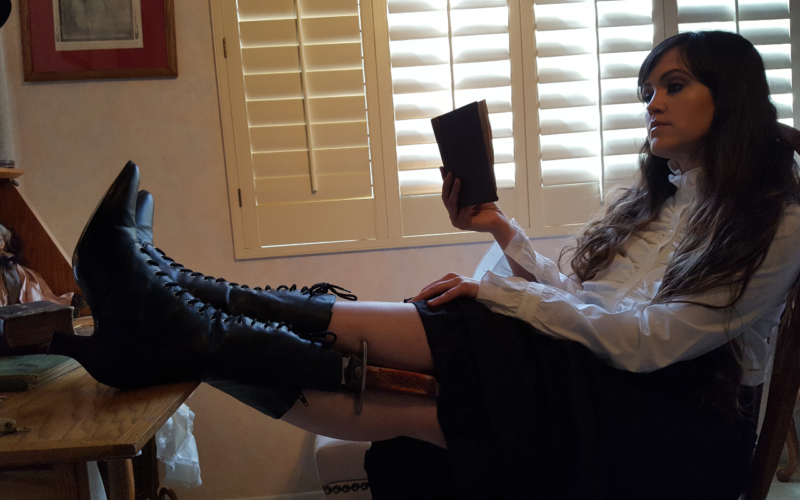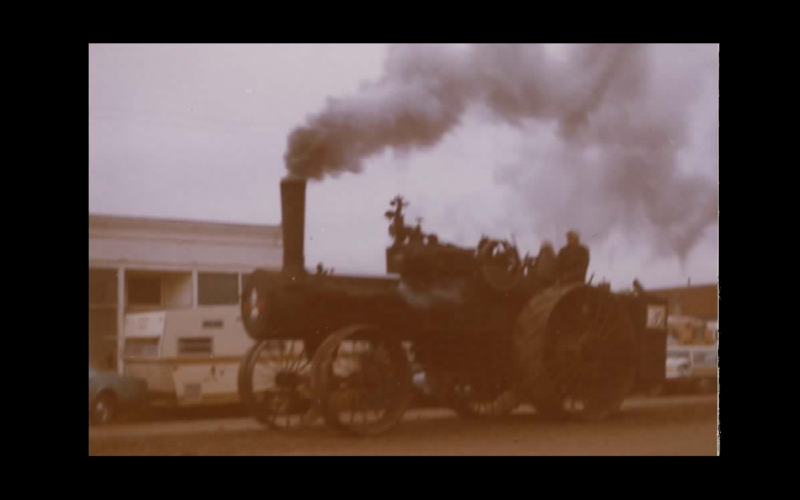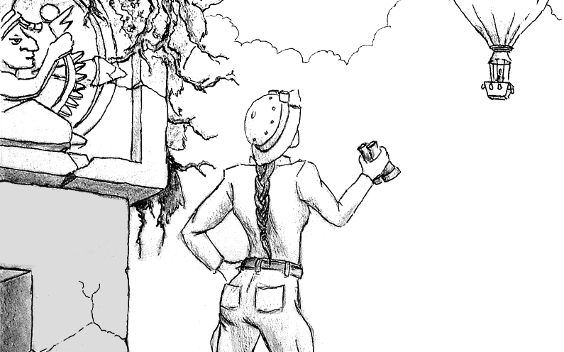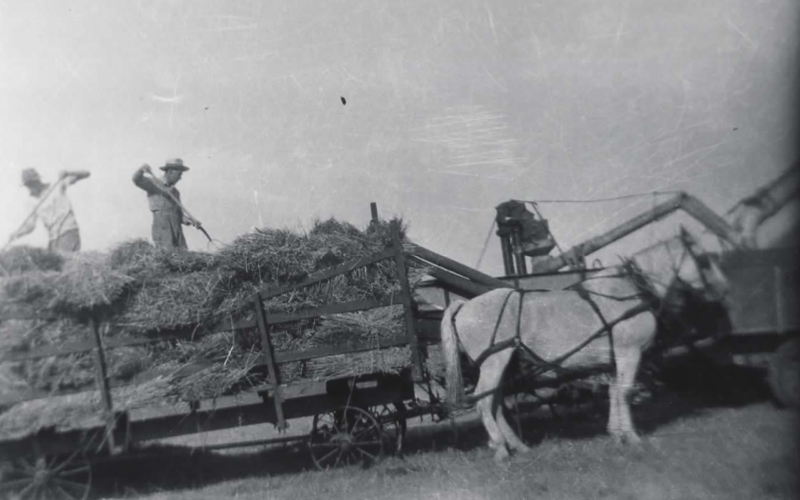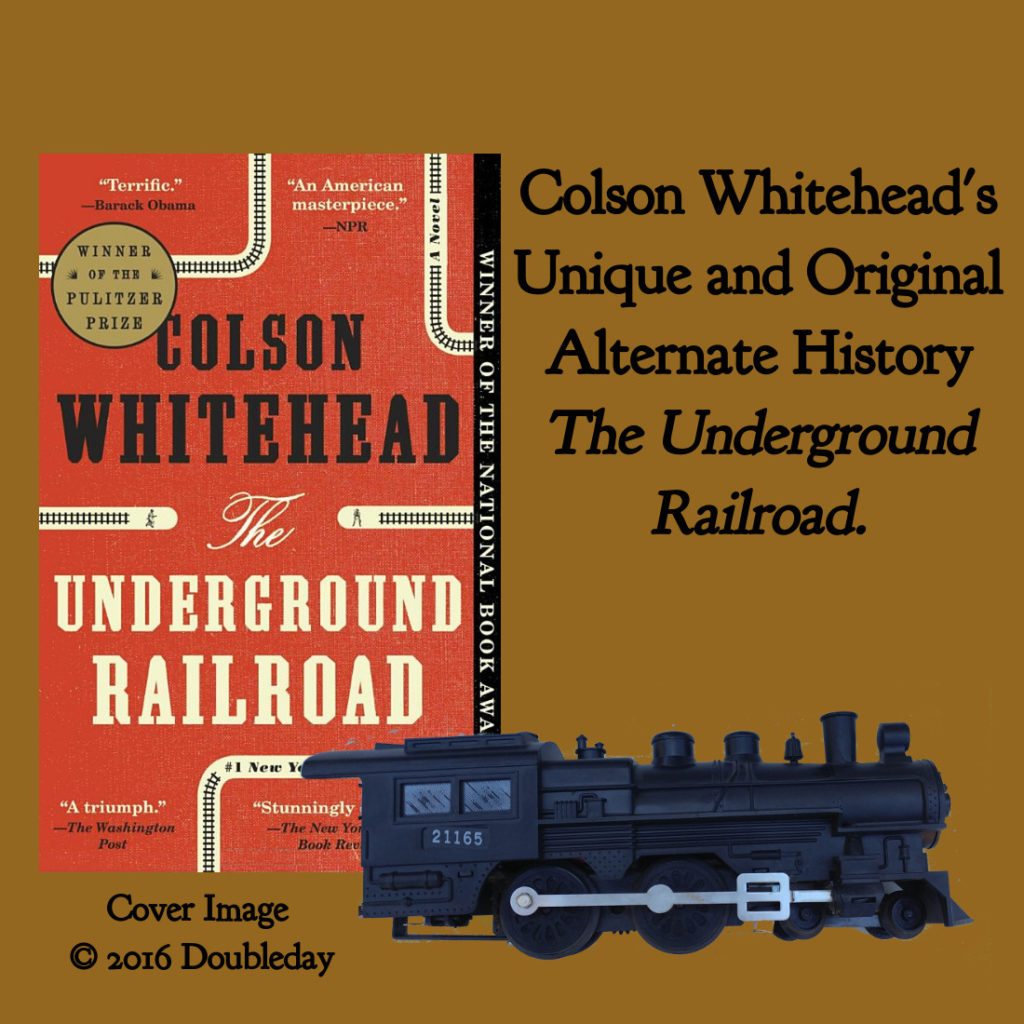
When as a student in elementary school, I first heard about the underground railroad, I was disappointed to discover it was only a metaphor. In Colson Whitehead’s alternate history, The Underground Railroad, it has real steam locomotives. Though the book won a Pulitzer Prize in 2017, I hadn’t heard of it until I saw a mention in Steve Sailer’s column where he calls it “steampunk.” Of course, I had to check it out. I personally wouldn’t call it steampunk – not nearly enough gadgetry – but it’s pretty interesting nonetheless.
The story begins in Africa where a woman named Ajarry is abducted by Dahomeyan raiders, sold to slave traders, and put on a ship to America. She ends up in Georgia as a fieldworker on the huge Randall plantation. After her death, her daughter Mabel runs away, the only Randall slave ever to successfully escape. Thus Mabel’s young daughter Cora becomes an orphan or “stray.” The remainder of the book is Cora’s story.
The first few chapters are predominantly straight history, with none of the quirky alterations we steampunks love so much. Nevertheless, I found it quite absorbing. Though not heavily embellished, Whitehead’s prose has a gorgeous 19th Century feel to it. Even the negative racial terms seem quaint and matter-of-fact. It’s not until Cora runs away with Caesar, a new arrival to the plantation, that we encounter the titular railroad. The station is under the house of a secret abolitionist in a nearby town. We never learn who built the tunnel and how, though one of the characters remarks, “Who builds everything in America?” The implication is that this wondrous railroad was somehow built by slaves or former slaves.
At this point, the story veers strongly into alternate history. Cora and Caesar arrive in South Carolina, which has adopted a policy of “Negro uplift.” The state is buying slaves from across the South, educating them, housing them in dormitories, and finding them paying jobs. Though this seemingly enlightened policy has a sinister side, Cora and Caesar decide to stay. Yet as runaways, they are still in danger of being captured and returned to the horrific vengeance of the psychopathic Randall brothers.
Escaping again on the Underground Railroad, this time alone, Cora ends up in North Carolina, the worst possible destination. Fearing slave revolts, the state has sold off all its slaves, replacing them with white immigrant labor. It has also decreed execution for any black who sets foot there. Cora’s escape from certain death is unexpected and yet plausible in the context of this world. She travels on to other states, pursued by the dogged slave catcher Ridgeway.
The Underground Railroad was one of the most interesting and original books I’ve read this year. Its best qualities are its rich language and wonderful, and memorable characters – in particular, the indomitable Cora. I also enjoyed the portrayal of the evil Ridgeway, who is quite intelligent and occasionally displays brief moments of human decency. I also enjoyed Whitehead’s intriguing speculations on how the history of slavery in the US could have played out differently.
The book does have flaws. One of my pet peeves is when a work of fiction changes tone or genre in the middle. This book gives no clue at the outset that it’s an alternate history, switching gears several chapters in. Also, the narrator editorializes a bit too much about the sins committed by slavers in particular and white Americans in general. That’s a familiar and tiresome refrain from the Left these days – we white folks are the source of all evil. Whitehead com–pensates by including several sympathetic and heroic whites throughout the story. In any case, the editorializing isn’t needed. The story gets its point across quite well through plot and dialog. A word of warning: the book contains scenes of graphic violence which are not for the faint-hearted.
A note on the audio edition: narrator Bahni Turpin has a lovely voice. She does an excellent job rendering the various character accents and never overacts.
Whitehead’s The Underground Railroad is an intriguing and original work of fiction. I enjoyed it immensely, despite the aforementioned criticisms. For being a near-perfect read, I give it a rating of 4.5 out of 5 gears.







